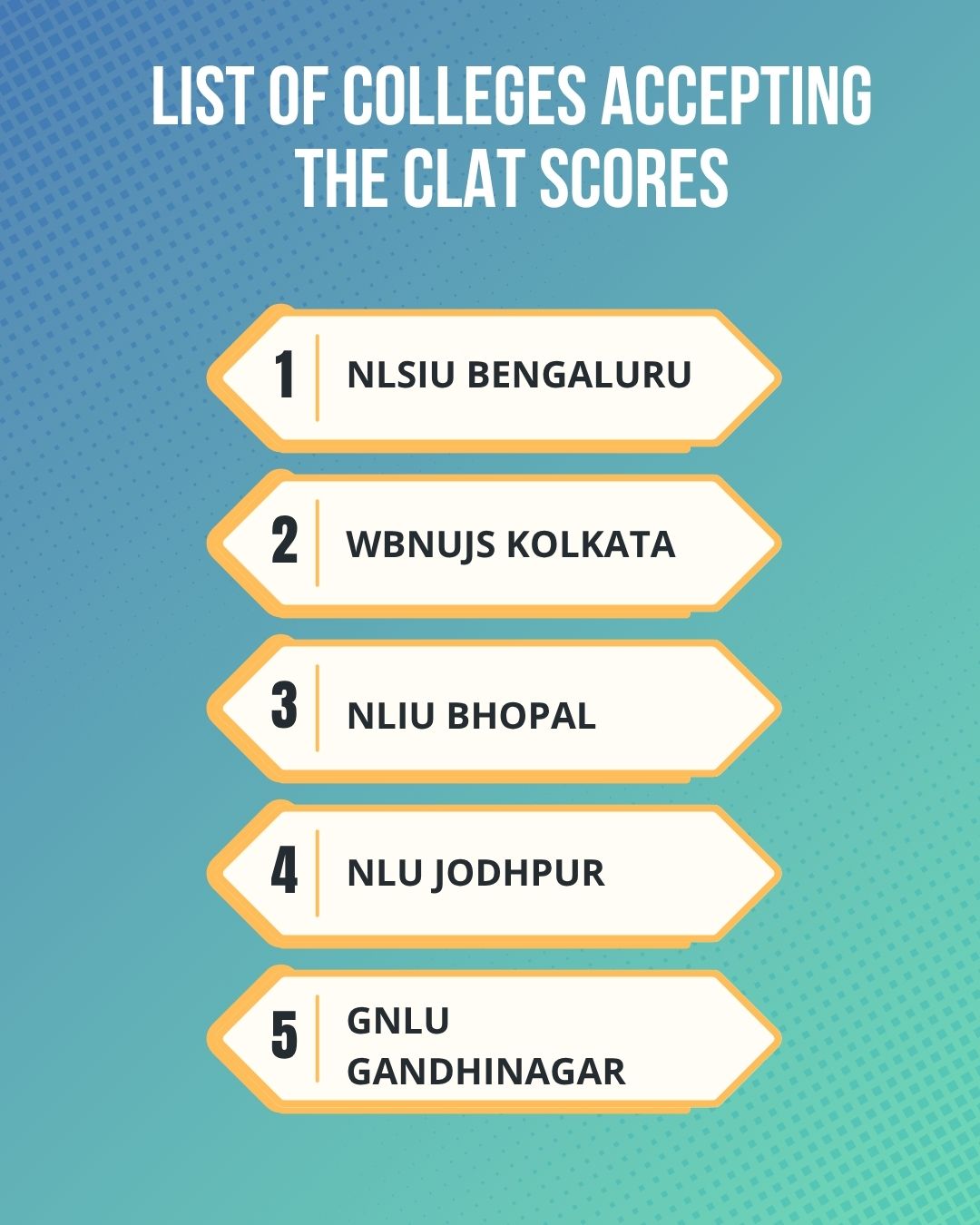In a country where the legal profession is not only respected but also highly influential, hundreds of aspiring attorneys strive to gain admission to one of India's Top National Law Universities. Many prospective lawyers rely on the Common Law Admission Test (CLAT) to realize their aspirations.
The Common Law entry Test (CLAT) is India's most competitive and sought law entrance examination, serving as the major entry path to National Law Universities and other leading institutions that offer undergraduate and postgraduate law studies. CLAT is the initial step on a transforming journey, whether you want to be a corporate lawyer, judicial officer, public policy expert, or academician.
What is CLAT, and why is CLAT your Gateway to India’s Top Law Schools?
CLAT, or the Common Law Admission Test, is a national-level entrance exam that is administered once a year and admits students to undergraduate (LL.B.) and postgraduate programs. This test is administered by the Consortium of National Law Universities, which currently includes 24 NLUs scattered across India.
The Common Law Admission Test (CLA) evaluates a candidate’s aptitude in subjects like English. General Knowledge, Legal Reasoning, Logical Reasoning, and Quantitative techniques.
CLAT as a Gateway to India’s Top Law Schools:-
The Common Law Admission Test (CLAT) is an exam that allows you to apply for admission to top law school across India and pursue a career in the field of law. There are various elements that contribute to the CLAT exam being your path to admission to India's top law school.
Below is a list of several factors to help you understand why CLAT is the gateway to India’s Top Law schools:-
| Factors | About |
| Entry to National Law Universities | The CLAT exam is the only entrance which helps you get into the top National Law Universities across India and their undergraduate and postgraduate courses. |
| These NLUs, which are regarded as the IITs of legal education in India, are known for their academic excellence, stellar placement records, etc. | |
| Recognised by the Public Sector Undertakings (PSUs) and Foreign Universities | Several Public Sector Undertakings (PSUs) consider the scores obtained in the CLAT PG exam for recruitment to legal posts. |
| Another perk of appearing in this exam and securing admission to the top NLUs is that the degrees obtained are recognised internationally. | |
| High Return on Investment and Career Prospects | The return on investment (ROI) from a top National Law University is vast. With comparatively affordable fees and placement packages, obtaining a law degree from a leading NLU opens the door to productive positions. |
| Holistic Development and Exposure | Top National Law Universities offer more than academics. Students get exposure through moot court competitions, legal aid clinics, internships, etc. |
| Foundation for Judicial and Civil Services | A strong legal education lays the foundation for those aiming for the Judicial Services (PCS-J) or the UPSC Civil Services for those who wish to pursue their careers in the mentioned field. |
| The National Law Universities foster writing, analytical, and reasoning skills that are crucial for success in these competitive exams. |
List of Colleges Accepting the CLAT Scores
There are 25 National Law Universities in India, which are offering admission to undergraduate and postgraduate students by accepting the CLAT 2026 scores. All admissions to the 5-year integrated LL.B. and LL.M. programs that commence in the Academic Year 2026-2027 shall be through the CLAT 2026.
Below is the list of some of the top National Law Universities and other affiliated colleges, which will be offering admission to the students appearing and qualifying for the CLAT 2026 exam:-
| National Law Universities |
| WBNUJS Kolkata |
| RMLNLU Lucknow |
| NUALS Kochi |
| NLUJA Assam |
| DSNLU Visakhapatanam |
| DBRANLU Haryana |
| DNLU Jabalpur |
| NLUT Agartala |
| RPNLUP Prayagraj |
| IIULER Goa |

Also, check:-
How to Prepare for CLAT?
Cracking the Common Law Admission Test (CLAT) requires you to develop a smart strategy, the right resources and consistency. Since the competition is high and the syllabus is diverse. It ranges from logical reasoning to current affairs, and you need to adopt a focused and well-planned approach.
Don’t miss out on the CLAT 2026 syllabus:- CLAT Exam Syllabus 2026: UG and PG Subject-wise with Marks Weightage
Below are some key preparation tips which should help you navigate through the vast syllabus of the Common Law Admission Test (CLAT) for the academic year 2026-27:-
| Mock Test and Previous Year Papers | This is one of the commonly adopted and recommended steps no which paper you appear for. |
| With the regular practice with the help of mock tests, sectional quizzes, and previous year papers, it helps you familiarise yourself with the paper pattern, helps improve time management, and will also be able to help you identify the areas you need improvement. | |
| Regular Updates on Current Affairs and Legal News | A major portion of the CLAT exam focuses on current affairs and general knowledge, with a special focus on legal news and the major developments in national or international news. |
| Reading a daily newspaper along with monthly current affairs can also significantly help you boost your scores. | |
| Reading Habit | CLAT is a reading-intensive exam, especially in the English and Logical Reasoning sections. |
| It is recommended that you develop a habit of reading legal judgements, editorials, opinion columns, etc., to boost your reading skills, comprehension skills, vocabulary and ability to process lengthy passages. |
CLAT is not just an entrance exam; it is a gateway for many aspiring lawyers to develop a career in the legal field. From renowned courtrooms to boardrooms of global firms, a law degree obtained through CLAT opens countless doors for aspiring lawyers.
Also Check:-
To stay updated on current trends, join the Jagran Josh Telegram community!
